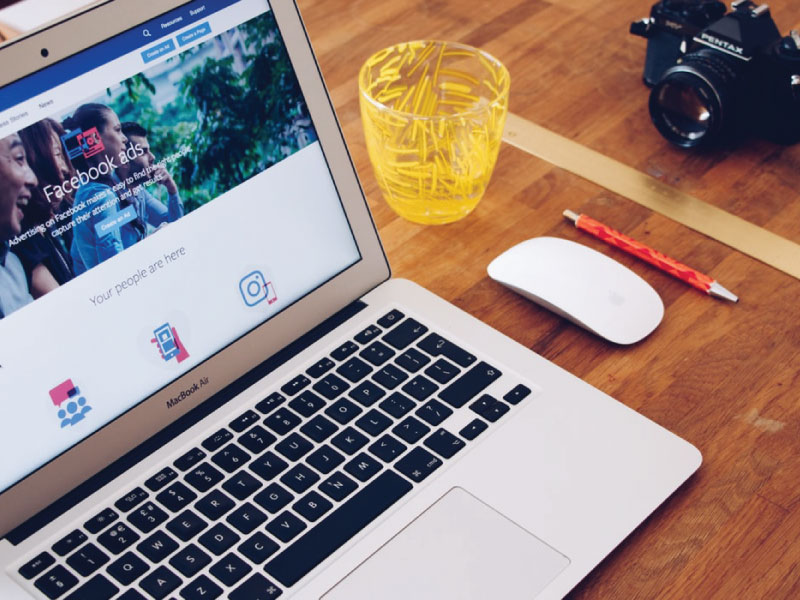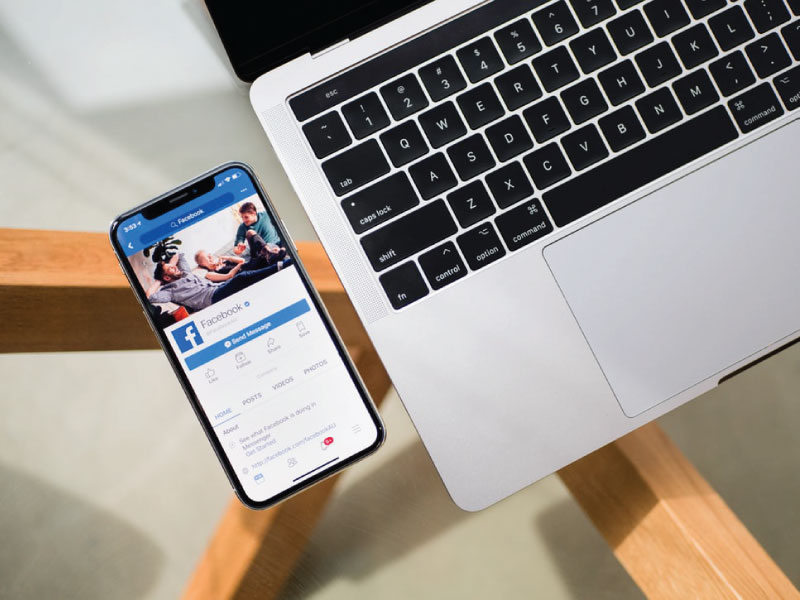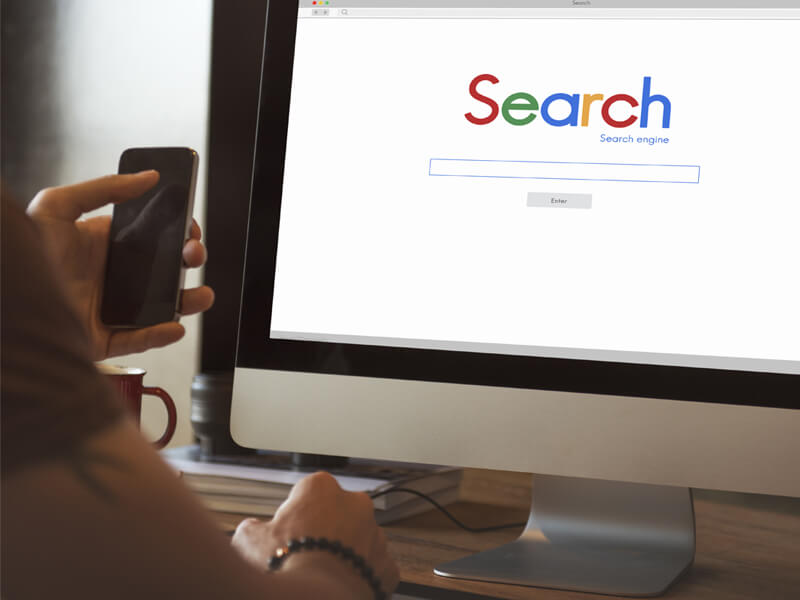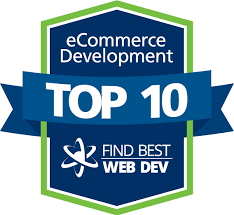Managing your own retargeting ads without a third-party app is available to any business through Facebook Ads Manager. By creating a Business Manager page and installing the Facebook pixel, you can set up, launch, and scale your own retargeting ads.
Ads Manager gives you access to every retargeting tool available to you on Facebook. This allows you to test as many different audiences and ad creative types as you want and analyze the full results of all your campaigns.
When advertising directly through Facebook there is also no additional fee outside of what you pay for your ads. On Facebook, you are only charged based on ad impressions, whereas apps or agencies include additional fees.
However, many small business owners starting out with auto-pilot apps may feel nervous about switching over to managing their own retargeting campaigns. A lot of this fear comes from intimidation of Ads Manager.
Ads Manager is a more complicated tool than an app, but with the many guides and free courses available to entrepreneurs looking to learn, it has become easier for beginners to manage and scale their own campaigns.
Building a retargeting strategy that scales
The goal of creating a retargeting strategy is to set up your campaigns in a way that allows you to scale your positive returns and convert more prospects into customers.
The best retargeting strategy requires focusing equal parts on targeting the right audiences and using the right creative. Once you have both elements working in tandem you can be assured that every potential customer is being served the right advertisement at the right moment.
1. Creating retargeting audiences
After adding your Facebook pixel to your Shopify store, you will be able to create “custom audiences” in the Audience section of the Facebook Ads Manager, which are made up of people who have engaged with you on social media or taken certain actions on your website.
Here you can create audiences based on the following credentials:
- People who engaged with your brand on Facebook and/or Instagram
- People who visited your website
- People who spent a certain amount of time on your website
- People who visited specific pages of your website
- People who viewed a product (called “viewed content”)
- People who added a product to their cart
- People who initiated checkout
All of these audiences can also be defined by time frame, which allows you to create tighter audiences of more recent prospects and larger segments of those who visited your website as far back as 180 days ago
2. Segmenting your Facebook audience
With all of the custom audiences available to you through the Ads Manager, choosing which segments to target has a lot to do with the type of product you sell and your customers’ typical buying behavior
For businesses that sell impulse-purchase products that are lower cost, you may not need to retarget people further back than 30 days.
For higher-end brands or those selling big-ticket items, like mattresses or engagement rings, retargeting might take place over a 180- or even a 365-day window.
If you’re not sure exactly how long you need to retarget people, these are some of the most commonly used audience segments for retargeting:
- Social (Instagram and Facebook) engagers: Past 90 days
- Website visitors: Past 30 days
- Viewed content: Past 14 days
- Added to cart: Past 7 days
- Initiate checkout: Past 7 days
3. Building your funnel
Once you have your audience segments created, it is time to structure them into a funnel so you can monitor and optimize how each audience performs separately.
This can be done at the Ad Set level when you’re building your retargeting campaign. If you want to only target your social media engagers, for example, you will need to exclude those who have made it past that point and visited your website.
By taking this strategy and building out a full retargeting funnel that separates upper funnel (aware of your brand) and lower funnel (closer to purchase) audiences, you can successfully target all of these segments of customers at different stages of the purchasing journey.
You can see how each action implies the stage of the funnel that the audience is currently at:
- Social media engagers (upper funnel)
- Website visitors (upper funnel)
- Viewed content, which means viewed product page on Shopify (middle funnel)
- Added to cart (lower funnel)
- Initiated checkout (lower funnel)
A good retargeting funnel should exclude lower-funnel objectives (purchase) from higher-funnel audiences (social media engagers).
By properly applying exclusions to each audience in the Ad Set section of your campaigns on Facebook, you will successfully segment your customers out and avoid audience overlap.
Audience overlap happens when you are targeting the same segment of customers in two places, which creates unclear results as to which segment is driving purchases.
4. Setting budgets
Once you have set up your retargeting campaign, complete with multiple audiences for each segment of your funnel, it is time to start monitoring them and optimizing your spend.
Knowing how much to spend each day on each segment of the funnel requires some testing. Begin with setting low or moderate daily budgets for each audience (e.g. around $20 to $60).
You can decide how much to initially allocate to each segment of your funnel based on the estimated audience size given in Facebook Ads Manager:
- For smaller audiences, like those who abandoned checkout in the last seven days, you will likely only need a small budget to reach everyone in this segment.
- For larger audiences, like website visitors within the last 180 days, you might want to allocate a slightly larger budget in order to give your campaign the opportunity to reach enough people to drive conversions.
5. Optimizing your Facebook retargeting campaigns
Once your retargeting campaigns are up and running, you will want to check in on them each day to monitor results and make optimizations to improve their performance.
Optimizations are usually done by decreasing or increasing budgets based on how many purchases you are getting and, when it comes to retargeting, the frequency of your reach.
Frequency refers to the average number of times a person within one of your retargeting audiences is seeing an ad for you over a given period of time. Checking on your daily or weekly frequency for each audience will ensure you aren’t over- or under-serving your campaigns to the same people.
As you adjust your budget, you will notice your frequency changes. Once you’ve tested out different budgets to find which delivers the best results, you should also know what frequency is ideal for each segment of your funnel. This will allow you to monitor frequency and make sure it stays at an ideal level, regardless of the size of your audience.
Source: Shopify Blog













